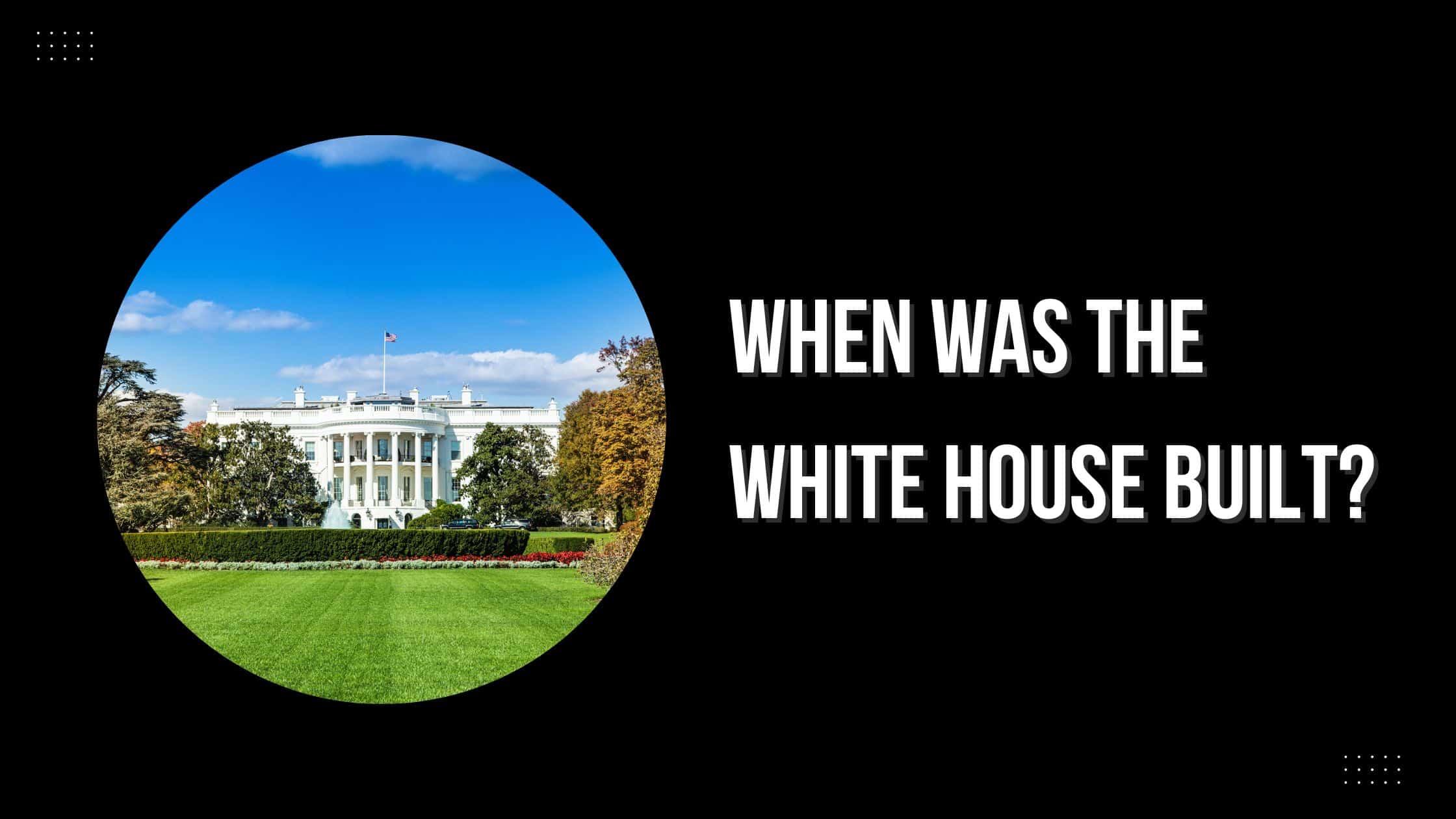When was James Monroe born?
James Monroe was born in 1758.
Where was James Monroe born?
James Monroe was born in Monroe Hall, Virginia.
How old was James Monroe when he became president?
James Monroe was elected at the age of 59.
What years was James Monroe president?
James Monroe was president from 1817-1825.
When did James Monroe die?
James Monroe died at the age of 73 in 1831.
How did James Monroe die?
He died from tuberculosis.
Table of Contents
ToggleThe Presidency of James Monroe
The term “Founding Fathers” is still one that brings immediate respect.
The men who founded the United States of America were among the most influential of their time and are still highly revered for shaping the constitution and creating the foundations of democracy in the country.
A handful of these men would become President of the United States. The last of these was James Monroe.
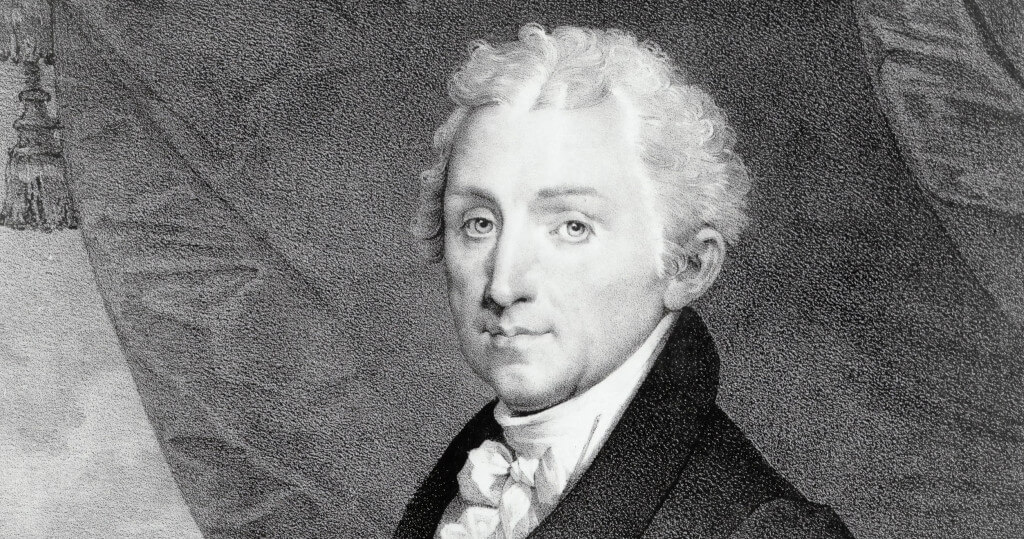
While James Monroe doesn’t always get the same recognition level as Thomas Jefferson, George Washington, Alexander Hamilton, or Benjamin Franklin, his long political career was monumental.
He would also create a doctrine that would shape foreign policy for more than a century.
James Monroe’s Long Career in Politics
The story of James Monroe in American Politics starts long before his election as president in 1816.
After serving in the Continental Army and Virginia Militia during the Revolutionary War, Monroe entered politics as the Virginia delegate to Continental Congress.
After four years in the Continental Congress, he was appointed to the role of United States Minister to France under the orders of George Washington.

Get Smarter on US News, History, and the Constitution
Join the thousands of fellow patriots who rely on our 5-minute newsletter to stay informed on the key events and trends that shaped our nation's past and continue to shape its present.
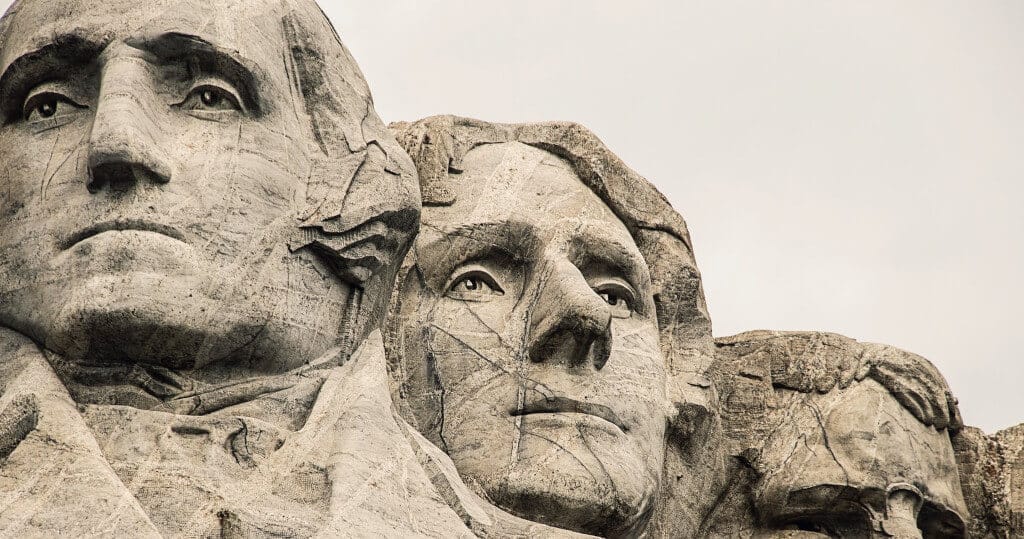
Washington was the first of many presidents that Monroe worked with. In 1803, Monroe became Thomas Jefferson’s Minister to Great Britain.
After a second run as Governor of Virginia, Monroe became United States Secretary of State to President James Madison.
During this six-year post, he would also be Secretary of War between September 1814 and March 1815. Then, finally, he would assume the role of President after Madison stood down.
Monroe’s Influence on the Louisiana Purchase
One of the key parts of the Monroe legacy is his influence on the creation of territories and states in the evolution of the United States.
Much of this would happen during his presidency, including the infamous Missouri Compromise and the Louisiana Purchase of 1800.
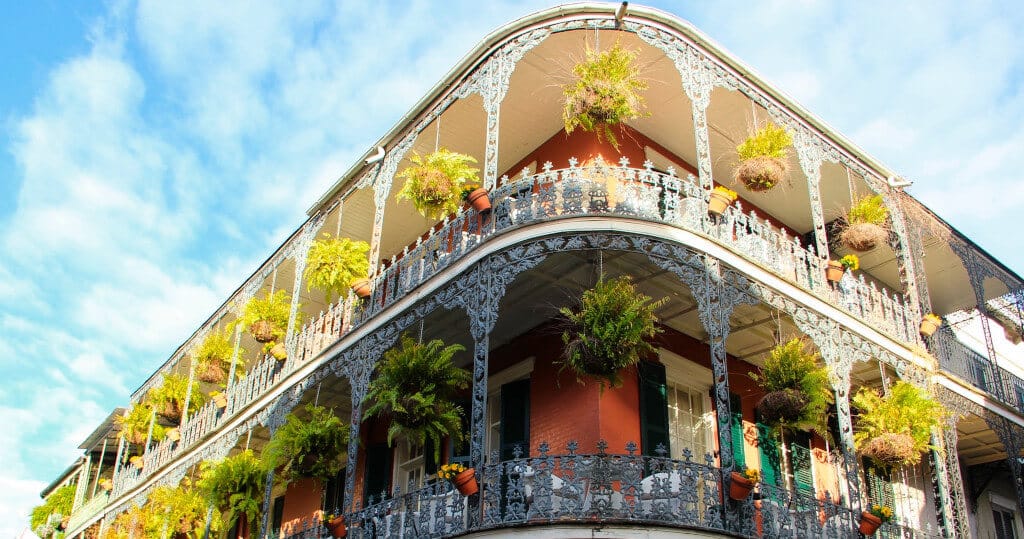
At the time, James Monroe was Thomas Jefferson’s special envoy and later his Minister to Great Britain. Jefferson sent him to France to assist in the negotiation of the acquisition of Louisiana from France.
There was a strong desire in the US for the nation to take control of New Orleans and control trade in the Mississippi River. Therefore, Monroe needed to deal with the French while maintaining an alliance with the British.
The French would agree to sell the whole of Louisiana for $15 million. However, Monroe had only been instructed to spend $9 million for New Orleans and West Florida.
Monroe saw the opportunity for further expansion amid conflict over the ownership of West Florida. While he went against the president, he was later supported by Jefferson and Congress.
Further attempts to acquire West Florida from Spain were unsuccessful at that time.
The 1816 Presidential Election
Monroe’s work in politics to this point made him the obvious candidate to take over from President James Madison at the time of the 1816 election.

He was a popular choice within his own party, but there was still a strong challenge from William H. Crawford.
One of the controversial talking points was the prospect of creating a Second Bank of the United States, which Crawford strongly opposed.
The party went with Monroe, who would face the Federalist Rufus King in the election.
Monroe ended up winning all but three states, taking 183 out of 217 Electoral College votes, to become the fifth president of the United States.
The Era of Good Feelings and Monroe’s Place in Unifying the Nation
The Era of Good Feelings is an awkwardly named period in American history where there was a growing sense of positivity and unity in the country.
The nation was healing from the War of 1812, and people were desiring to come together once more.
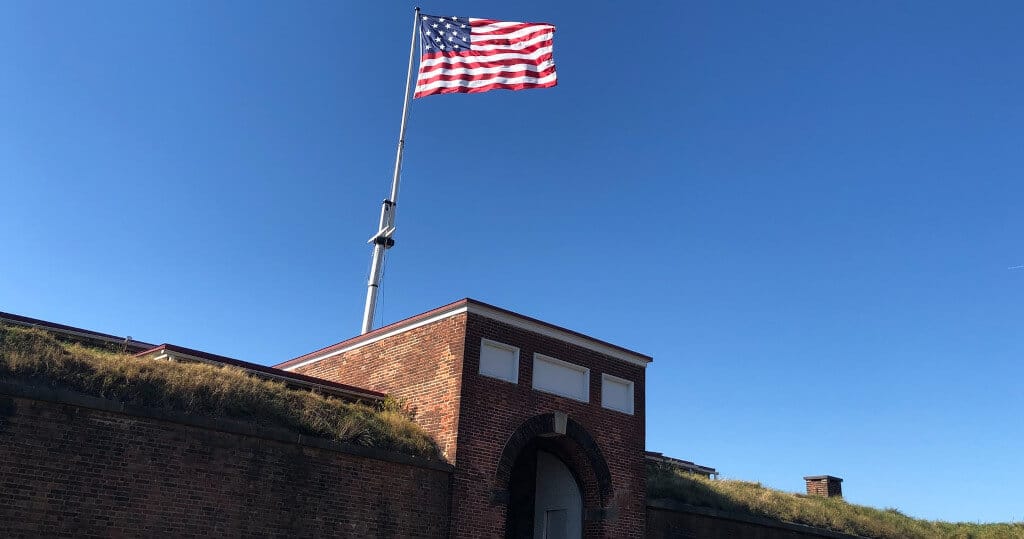
In addition, Monroe’s election and the Federalist Party’s demise following King’s loss meant less political dispute and more focus on the nation’s future.
President Monroe would emphasize this with his frequent tours and visits across the nation.
The Panic of 1819
Of course, the mood in the United States would sour a few years later as President Monroe and his administration had to deal with The Panic of 1819.
Another event with a simplistic name, the “Panic,” was a period of growing fear over the economy.
The United States had fallen into a state of depression as prices rose and imports and exports declined.
The state-regulated banks were able to supply the public’s demand for paper money, and there was little Monroe could do on a federal level. Rates of unemployment, bankruptcy, and foreclosures erupted.
The 1820 Presidential Election
Even though there were great economic problems in the United States from 1819, and the Era of Good Times was over, Monroe would go on to a comfortable win in his second election.
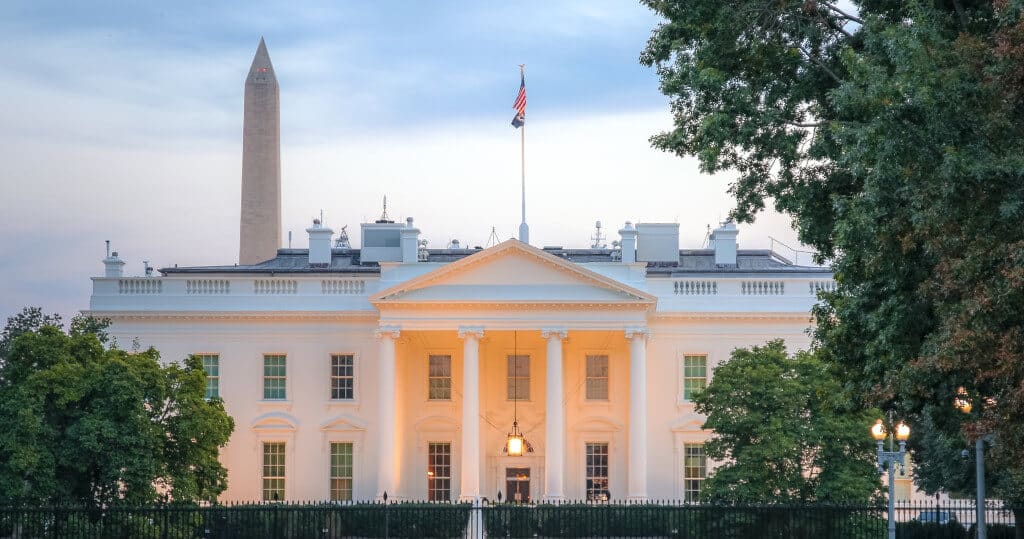
The reason for this was simple – he ran unopposed. There was no opposition party at the time as no one had emerged to take the place of the Federalists.
What makes the result even more interesting is that there wasn’t a unanimous vote from the Electoral College despite only one candidate.
The elector from New Hampshire cast his vote for John Quincy Adams. At the time, it was seen as a moment of protest against Monroe.
However, he later stated that he did so to ensure that Washington did not lose the honor of being the only unanimously elected president.
James Monroe and the Monroe Doctrine
Few presidents have had such an influence on foreign policy in the United States as James Monroe.
Although he was one of the earliest presidents, and his aims related to a country not even 50 years old, his policy would shape his successors’ actions for more than a century.
Monroe was concerned about the relationship between Europe and the Western Hemisphere and would express this in his speech to Congress in 1823.
As a result, the policy would be known as the Monroe Doctrine, a concept adapted and employed by numerous presidents.
The concept of the speech was, at the time, quite simple and open to interpretation. Monroe would talk about the idea of separate spheres of influence – one in the East around Europe and Asia and one in the West.
An emerging power
The United States was the new power in the Western Hemisphere. It was deemed that any act of force on a nation in the Western Hemisphere would threaten the security of the United States.
This was an attempt to discourage any further European intervention around the nation.
The French and British could not come and invade Central America or a Caribbean nation without incurring the wrath of the new American nation.
The Impact of the Monroe Doctrine on Later Presidents
In 1842, President John Tyler would use the basis of the Monroe Doctrine in his plans to protect the islands of Hawaii from invasion. There was interest in the Hawaiian islands on both sides of the world.
The Americans were keen to see the nation annexed as a territory of the United States. Meanwhile, Emperor Napoleon was keen on taking them for France.
Tyler would threaten the French using the principles of the Monroe Doctrine, although he would call the policy the Tyler Doctrine instead.
Different interpretations of the Monroe Doctrine
One of the more interesting developments of the Monroe Doctrine came in the alternative interpretations of the document by both Roosevelts.
On one side, Theodore Roosevelt used the “Big Stick” approach, where the United States could act against aggressors and help protect neighboring countries under threat.
Here, the idea was that the Monroe Doctrine forced the United States into action if there were similar threats against the Western Hemisphere. He used this to justify interventions in Central America and the Caribbean.
On the other hand, Franklin D. Roosevelt favored a softer approach, intending to be seen more like the “Good Neighbor” to these nearby nations.
Cuban missile crisis
In 1962, further tensions with Cuba and the escalation of the Cuban Missile Crisis led to President John F. Kennedy invoking the Monroe Doctrine.

Soviet Union forces had begun building missile launching sites on the island, leading to retaliation from the US.
The Monroe Doctrine would mean that the Soviets violated the principle – with the power exerted by the Eastern country on the Western Hemisphere island seen as a threat to United States national security.
Following this, President Reagan and President Bush would use the Monroe Doctrine to justify their action in South and Central America.
The Missouri Compromise
Of course, Monroe’s time in power allowed for much more than just the Monroe Doctrine. Another important development was the Missouri Compromise.
The Compromise would allow Missouri to join the Union as a slave state, with the additional promise that slavery was banned in any territory north of the parallel 3630′ north.
This divide between northern and southern states would play an important part in a geographical divide between free and slave-owning states that would intensify later in the century.
James Monroe’s Views on Slavery
One of the most important aspects of the Missouri Compromise was slavery in the United States. This leads to questions over Monroe’s personal views on slavery and the rights of slaves.
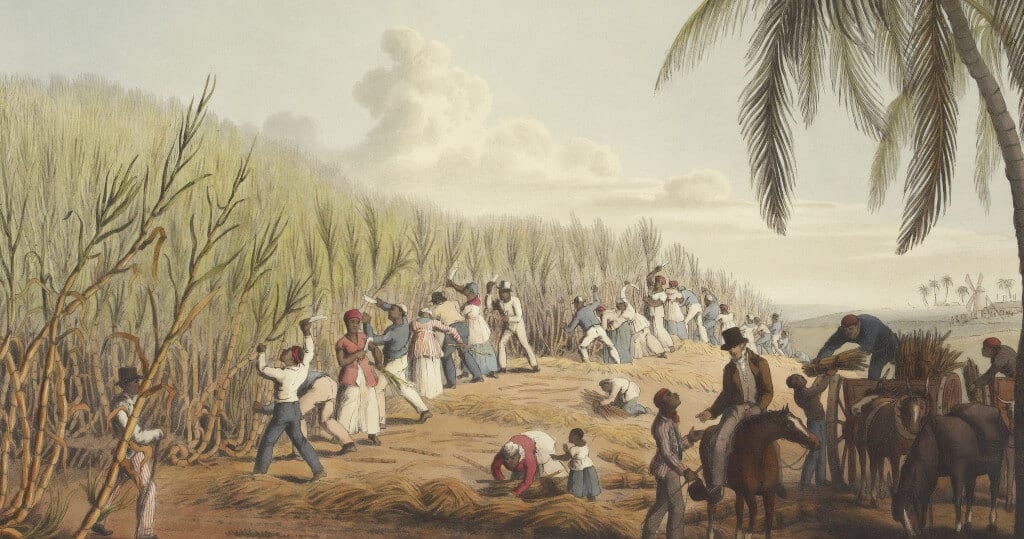
Before his time in politics, Monroe had been a plantation owner, which included the ownership of many slaves. Some of these were later sold off to cover debts.
With that said, he was an opponent of slavery during his presidency but did not favor promoting the cause of emancipation due to the conflicts it would cause.
An interesting consideration here is the fact that Monroe was a member of the American Colonization Society.
This organization supported the colonization of Africa by freed slaves. This support would lead to the creation of Liberia’s capital Monrovia.
The Expansion of the United States During James Monroe’s Time in Power
The Missouri Compromise and the admission of Missouri as a state of the Union were just part of a wider expansion of the nation’s territories. Five states were admitted between Monroe’s first election and the end of his run.
Mississippi was first on December 10th, 1817. Then there was one every year, with Illinois in 1818, Alabama in 1819, Maine in 1820, and Missouri in 1821.
Furthermore, the United States would secure Florida as a territory thanks to the Adams-Onis Treaty in 1819.
Monroe’s Life After Leaving the White House in 1825 and Death
James Monroe’s time in office finally ended in 1825, and he returned to Virginia. Unfortunately, he did so with ongoing financial issues and would have to sell off his plantation.
Still, he was appointed as a delegate to the Virginia Constitutional Convention of 1829-1830 and as a board of visitors for the University of Virginia.
In 1831, Monroe died from complications of both heart failure and tuberculosis. Incredibly, he died on Independence Day, as did his predecessors John Adams and Thomas Jefferson.
He is buried at the President’s Circle in Hollywood Cemetery, Richmond, and the tomb is a National Historic Landmark.
The Legacy of James Monroe Today
Considering all that James Monroe was able to achieve during his time in the White House and his influence in politics before his election, it is surprising he is not better known.
Jefferson and Washington are the Founding Father presidents that come to mind first. The fact that they are also carved in stone at Mount Rushmore helps.
Some would argue that Monroe would have earned a place there too. His attempts to secure and unify the nation during his presidency were significant.
However, the full extent of his influence wouldn’t be seen until long after Mount Rushmore was authorized.
Any time a president talks about the power of the United States and the history of conflict with the Eastern Hemisphere, we can attach Monroe’s name to the debate. That is his full legacy.


